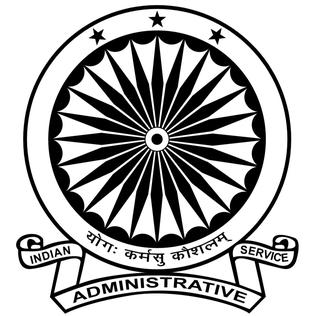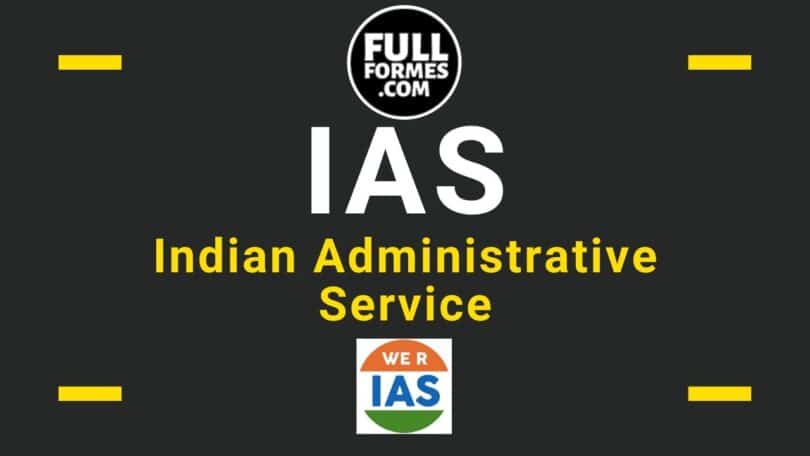The Indian Administrative Service (IAS) is a highly prestigious civil service in India that is responsible for managing and implementing government policies and programs at both the central and state levels. The IAS plays a crucial role in shaping the governance of India, and its officers are some of the most well-respected and influential individuals in the country.
The IAS has a rich history that dates back to India’s independence from British rule in 1947. It was formed by merging the Imperial Civil Service and the Indian Civil Service and has since been instrumental in maintaining law and order, promoting development, and implementing government policies and schemes. The IAS is considered one of the most competitive and challenging civil services in the world, and its recruitment process is rigorous, with candidates being selected through the Civil Services Examination conducted by the Union Public Service Commission (UPSC).
Once selected, IAS officers undergo rigorous training at the Lal Bahadur Shastri National Academy of Administration (LBSNAA) in Mussoorie, Uttarakhand, to equip them with the necessary skills and knowledge to perform their duties effectively. The training is designed to help officers develop a deep understanding of the socio-economic, political, and cultural landscape of India.
The IAS officers are responsible for managing various administrative functions of the government, such as law and order, revenue administration, development works, and implementation of government policies and schemes. They play a critical role in shaping the governance of India, and their decisions have a significant impact on the lives of the people.
The IAS officers are organized into different levels or grades, starting from Junior Scale and going up to the Cabinet Secretary. Promotion to higher levels is based on the officer’s experience, performance, and seniority. The pay scale of IAS officers is determined by the government and revised periodically. IAS officers enjoy a range of perks and benefits, including a good salary, official residence, car, and other facilities.
Despite its prestigious status, the IAS has faced criticism over the years for various reasons, including lack of accountability, corruption, and political interference. However, the government has taken several measures to address these issues and ensure that the IAS remains a transparent and efficient institution.
In conclusion, the Indian Administrative Service is an essential component of India’s governance system. Its officers play a crucial role in maintaining law and order, promoting development, and implementing government policies and schemes. The IAS is a highly competitive and challenging civil service, and its officers are some of the most well-respected and influential individuals in the country. While it has faced criticism, the IAS remains a crucial institution that continues to shape the future of India.
The full form of IAS is the Indian Administrative Service. It is one of the most prestigious and sought-after civil services in India. The IAS is responsible for maintaining law and order and implementing government policies at both the central and state levels.

Here are some key facts about the Indian Administrative Service (IAS):
- History: The IAS was formed in 1947, soon after India gained independence from British rule. It was created by merging the Imperial Civil Service and the Indian Civil Service.
- Recruitment: The recruitment process for the IAS is highly competitive. Candidates are selected through the Civil Services Examination, which is conducted by the Union Public Service Commission (UPSC) every year.
- Training: Once selected, candidates undergo a rigorous training program at the Lal Bahadur Shastri National Academy of Administration (LBSNAA) in Mussoorie, Uttarakhand. The training is aimed at equipping the candidates with the necessary skills and knowledge to perform their duties effectively.
- Roles and Responsibilities: The IAS officers are responsible for managing various administrative functions of the government, such as law and order, revenue administration, development works, and implementation of government policies and schemes.
- Hierarchy and Promotion: The IAS officers are organized into different levels or grades, starting from Junior Scale and going up to the Cabinet Secretary. Promotion to higher levels is based on the officer’s experience, performance, and seniority.
- Pay and Perks: IAS officers enjoy a range of perks and benefits, including a good salary, official residence, car, and other facilities. The pay scale of IAS officers is determined by the government and revised periodically.
- Criticism: Despite its prestigious status, the IAS has faced criticism over the years for various reasons, including lack of accountability, corruption, and political interference.
Overall, the Indian Administrative Service plays a crucial role in shaping the policies and governance of India. It is considered a highly coveted and prestigious career option for those who aspire to serve the country.




